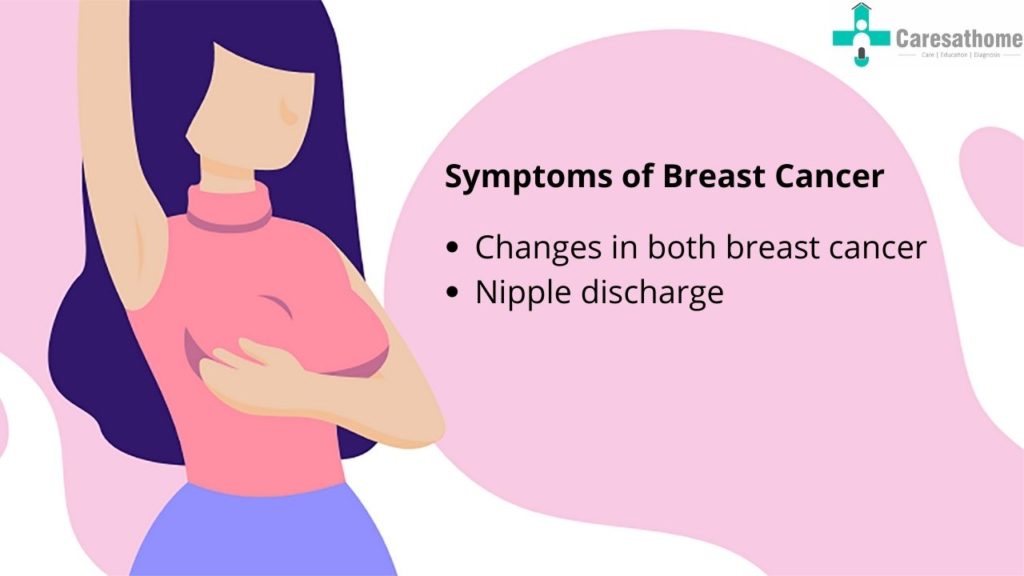Recognizing the Symptoms of Breast Cancer: Early Detection Saves Lives
Breast cancer is one of the most common cancers worldwide, but early detection significantly increases the chances of successful treatment and survival. While some women may not experience symptoms, many do experience changes in the breast or surrounding areas that could be early signs of breast cancer. Recognizing these symptoms and seeking medical attention promptly is crucial for effective treatment.
Here are some common symptoms of breast cancer to be aware of:
1. A Lump in the Breast
One of the most common and well-known signs of breast cancer is the appearance of a lump or thickened area in the breast. The lump is often painless, though it can be tender or hard in some cases. It’s important to note that not all lumps are cancerous, but any new, unexplained lump should be checked by a healthcare provider.
2. Changes in the Shape or Size of the Breast
A noticeable change in the size or shape of one or both breasts can indicate the presence of breast cancer. Swelling, distortion, or asymmetry in the breast may be signs to watch for. Even if there is no lump, such changes could be a red flag.
3. Pain or Tenderness in the Breast or Nipple
While most cases of breast pain are not related to cancer, persistent or unusual pain in the breast or nipple could signal an issue. If the pain is new, severe, or lasts for an extended period, it’s important to seek medical advice.
4. Skin Changes
Skin changes on the breast can be a sign of breast cancer. These changes may include redness, irritation, or dimpling of the skin, often described as looking like the skin of an orange (peau d’orange). This condition is often linked to inflammatory breast cancer, a rare but aggressive form of the disease.
5. Nipple Changes
Any unexplained changes in the nipple, such as inversion (nipple turning inward), itching, or scaling, should be evaluated. Additionally, if you notice any abnormal nipple discharge, especially if it is bloody or clear and not related to breastfeeding, seek medical attention immediately.
6. Unexplained Swelling or Lumps in the Armpit
Lumps or swelling in the underarm area may indicate that cancer has spread to the lymph nodes. This is often one of the first places breast cancer spreads to, so it’s important to pay attention to these changes and have them checked out.
7. Nipple Discharge
Discharge from the nipple that isn’t related to breastfeeding should raise concern, especially if it is not clear but instead bloody, yellow, or greenish in color.
8. Fatigue or Unexplained Weight Loss
Unexplained weight loss or persistent fatigue that doesn’t improve with rest can sometimes indicate the spread of cancer. These symptoms are more common when cancer has advanced, but they should never be ignored.
9. Swelling in the Arm or Hand
If the breast cancer spreads to the lymph nodes under the arm or in the chest, it may cause swelling in the arm, hand, or chest area. This is due to the disruption of normal lymphatic drainage.
Why Early Detection Matters
Early detection of breast cancer is crucial because it significantly increases the chances of successful treatment. The earlier the cancer is found, the more treatment options are available, and the higher the likelihood of recovery. Regular self-examinations, clinical breast exams, and mammograms are the best ways to detect breast cancer in its earliest stages when it’s most treatable.
What to Do if You Notice Symptoms
If you notice any of these symptoms, don’t panic. While most breast changes are not cancerous, it’s important to get them checked out by a healthcare professional. A doctor may recommend imaging tests such as mammograms or ultrasounds, or a biopsy to confirm the diagnosis.
Remember, not all lumps or symptoms are indicative of breast cancer, but it is always better to be cautious and get an evaluation.
Conclusion
Breast cancer can develop with few or no symptoms in its early stages, which is why regular screening is so important. However, being vigilant about changes in your breasts or surrounding areas and acting promptly can make a significant difference. If you notice any of the symptoms listed above, make sure to see your healthcare provider for a thorough evaluation. Early detection and treatment can save lives. Stay informed, stay vigilant, and take action for your health.

